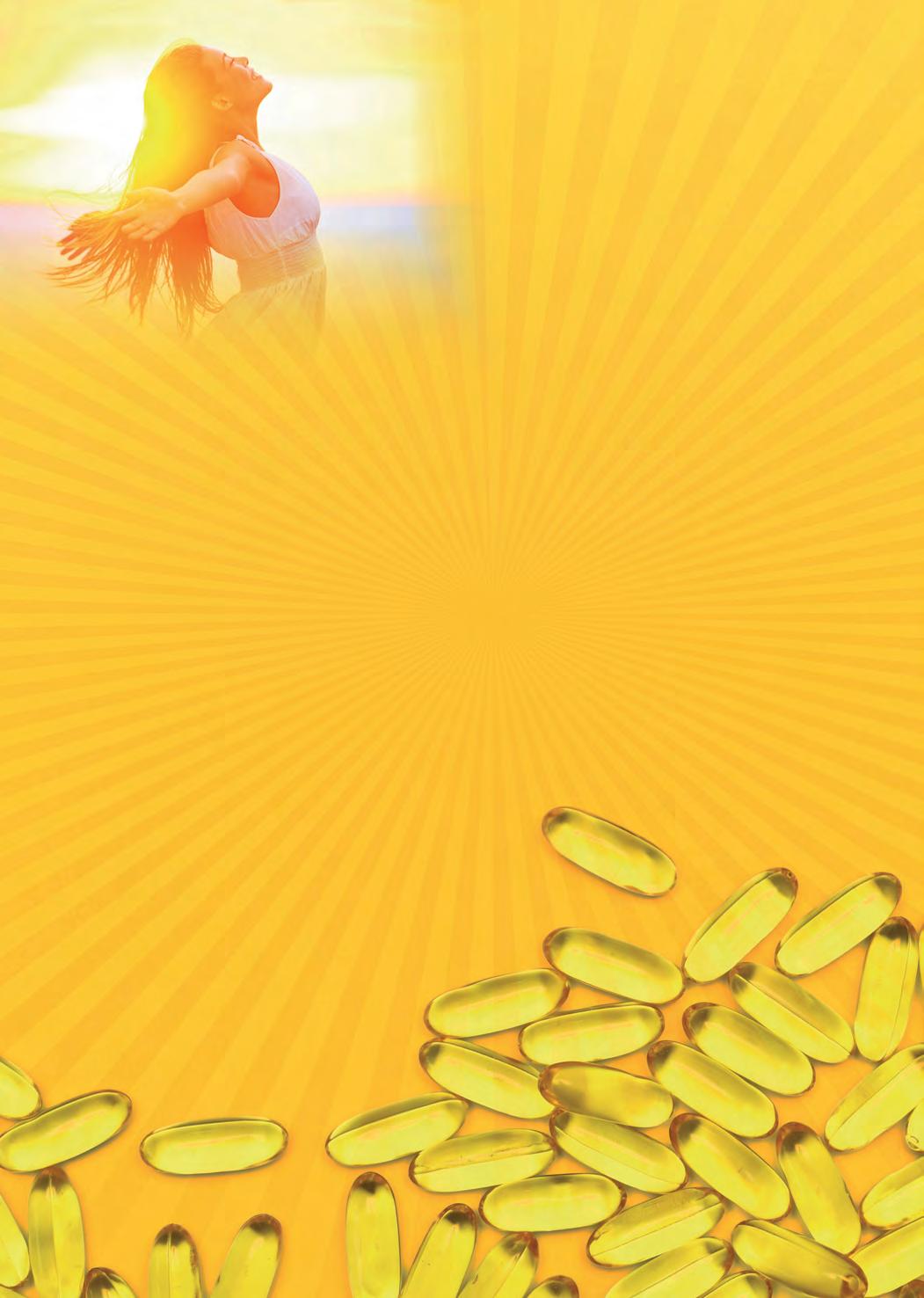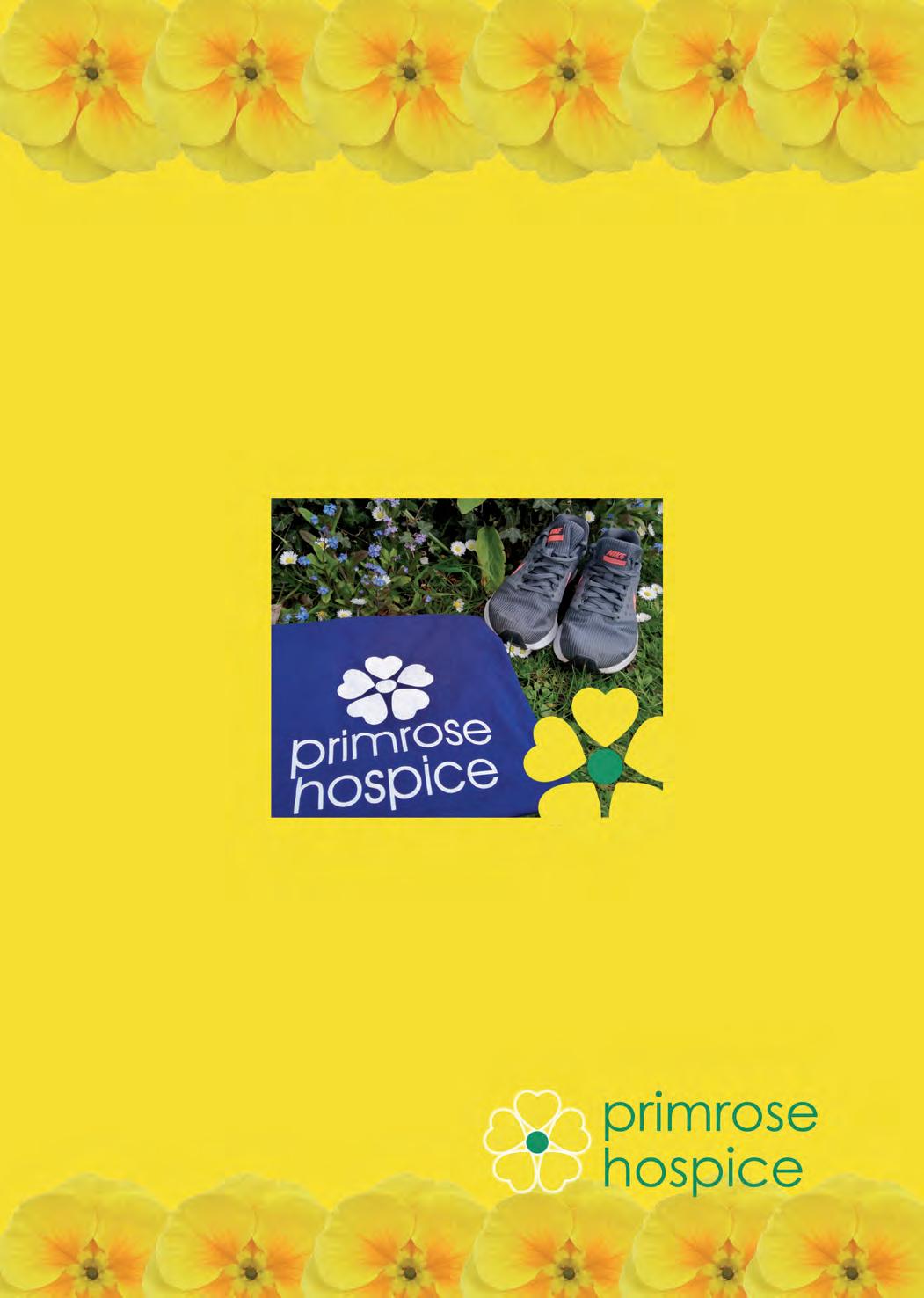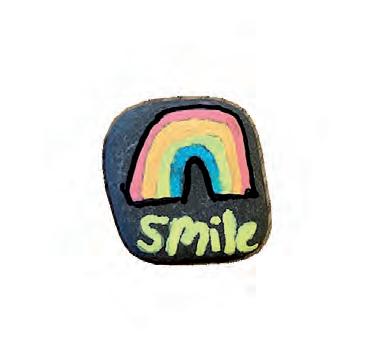HEALTH AND WELLBEING
C
Why is Vitamin D so important?
ommonly known as the Sunshine Vitamin, for decades vitamin D’s claim to fame was its role as calcium’s trusty escort, helping our bones absorb essential minerals.
In the 1800s when many people had tuberculosis, sunshine was known to have curative powers and sick patients flocked to sanatoriums in sunny places to soak up the healing sunshine. Cod liver oil, also a rich source of vitamin D, has been around for decades as a preventative for infections, colds and flu. Studies show that vitamin D regulates many functions in the body, including hormone balance, metabolism, blood pressure, bone density, fighting cancer and immune function (ever notice that people tend to get colds and flu in the winter when the sun is low?). But a recent flood of research has revealed that vitamin D does much more. “There is a vitamin D receptor on every one of our cells,” says Michael F. Holick, PhD, MD, author of The Vitamin D Solution. “And those receptors are there for a reason.” Many reasons—all our bodily functions seem to rely on the nutrient, and studies show that it is key to helping prevent everything from migraines to cancer. The trouble is, most of us—53% of women, 41% of men, and 61% of kids—have insufficient levels. Though our bodies naturally produce the vitamin from the sun’s UV-B rays, these days we don’t absorb nearly enough sunlight to manufacture an adequate amount and during winter most of the UK gets so little sun, making this impossible. How have we become so deficient? We get very little Vitamin D from our diet and the rest is gained from sunlight. We need the sun to strike bare skin, what does this mean? • No sunscreen • No clothes • No sunglasses • We need that sun between 11am and 2pm • Do not shower until the following day to allow the skin to absorb as much as possible. Vitamin D is made from the action of cholesterol in the skin and sunlight. Animals and birds make Vitamin D in their fur and feathers. They ingest it as they preen or groom themselves.
Today the general population has less exposure than ever because we cover up to prevent over-exposure. We have the overuse of high factor sunscreen and the constant wearing of sunglasses this stops the production of Vitamin D. DO take a supplement: If your levels are above 30 ng/ml (or you haven’t been tested), Holick suggests 2,000 IU daily for adults and 1,000 IU for kids. If your levels are below 30 ng/ml: Take 5,000 to 6,000 IU daily for a couple of months, then 2,000 IU. The supplement can be found in a tablet or spray form that you spray into the mouth and has a nice peppermint taste. DO get tested: Your doctor is unlikely to order the test unless he or she suspects osteoporosis. But everyone should get tested especially those with a family history of cancer or autoimmune disease. DON’T assume you get enough from your diet: D is found naturally in fatty fish, eggs, liver, and some cheeses, but none of these sources contain enough to meet your daily needs. (You’d have to eat 95 eggs to come close.) DO get some unprotected sun exposure – safely: A physician’s recommendation is 10 to 15 minutes on your arms and legs every day.
by Colette Garside colette@thegarsides.net
24 Completely Bromsgrove


















